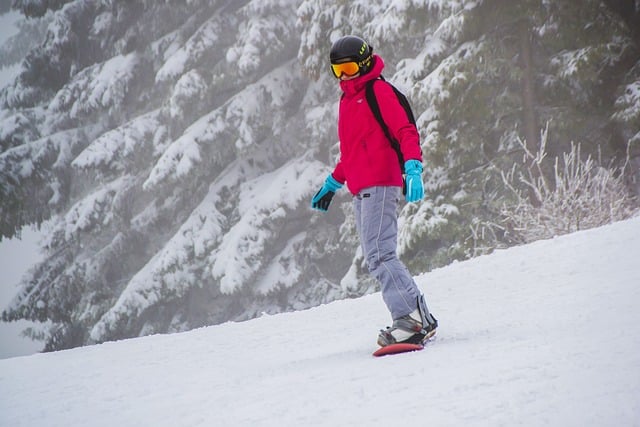
As winter rolls around, many people look forward to hitting the slopes or ice rinks to engage in a variety of exhilarating winter sports, such as skiing, snowboarding, ice skating, and hockey.
However, it’s essential to prioritize safety while participating in these activities, as they come with inherent risks of injuries. Skiing is one of the most dangerous winter sports, but snowboarding, hockey, and other activities also come with a higher risk of injury than many conventional sports.
Let’s discuss some simple things you can do to prevent injuries this winter when hitting the slopes and rinks!
Common Types of Injuries From Winter Sports
Engaging in winter sports such as skiing, snowboarding, and ice skating can lead to a range of injuries, including but not limited to:
- Back and spinal cord injuries
- Dislocations
- Fractures and sprains
- Head injuries
- Muscle strains and tears
- Overuse injuries
Both experienced winter sports participants and beginners can sustain the above injuries, so don’t discount your risk just because you are an experienced skier, snowboarder, or skater.
5 Ways to Prevent Injuries on the Slopes and Rinks
Fortunately, there are a few things you can do to reduce your risk of injury—here are five ways you can safely participate in winter sports this year.
- Build Strength and Flexibility
Participating in a regular strength and flexibility training regimen can reduce the risk of injuries during winter sports.
By strengthening muscles, improving stability, and working on flexibility, you can enhance your body’s ability to withstand the physical demands of skiing, snowboarding, ice skating, or hockey.
Incorporating exercises that target key muscle groups, including the quadriceps, hamstrings, glutes, and core, can be particularly beneficial in preventing common winter sports-related injuries.
- Engage in Dynamic Warm-Up
Before hitting the slopes or rinks, engage in a dynamic warm-up routine over static stretching. Dynamic warm-up exercises, such as leg swings, lunges, and arm circles, help prepare the body for the physical demands of winter sports by increasing blood flow to the muscles and improving flexibility. This can reduce the risk of sustaining sprains, strains, and muscle injuries when participating in winter sports.
- Know Your Limits
It’s essential to be mindful of your skills and capabilities when doing any kind of sport. Understanding your limits is crucial, as it can help prevent overexertion and decrease the likelihood of accidents and injuries.
For example, don’t participate in activities that exceed your skill level or physical capacity, particularly in high-risk areas such as steep slopes or challenging terrain—this is a fast way to sustain a debilitating injury.
- Leave Your Ego at Home
While engaging in winter sports, it’s important to set competitiveness aside and prioritize safety over taking unnecessary risks. Leave your ego at home and make responsible decisions when skiing, snowboarding, or skating. Doing so can help you avoid maneuvers or speeds beyond your skill level or physical capabilities, reducing the risk of injuries.
- Address Problems Early
Recognizing and addressing any physical discomfort is essential for preventing additional damage to your body. Ignoring warning signs that something is wrong can increase your risk of accidents or further injury.
These warning signs can include:
- Bleeding
- Discomfort
- Pain
- Soreness
- Stiffness
- Swelling
If you notice any of these signs, this is your body telling you it’s time to take a break. If the swelling, bleeding, or pain is acute, seek emergency care as soon as possible.
Get Comprehensive Winter Sports Care With Ward Chiropractic & Rehabilitation
Whether you’re gearing up for winter sports or in need of rehabilitative care after a ski trip, Ward Chiropractic & Rehabilitation is here to help. Our chiropractic adjustments and rehabilitative programs can help you prepare or recover from the exertion of winter sports. Contact us today to schedule your free consultation, and stay safe out there!

